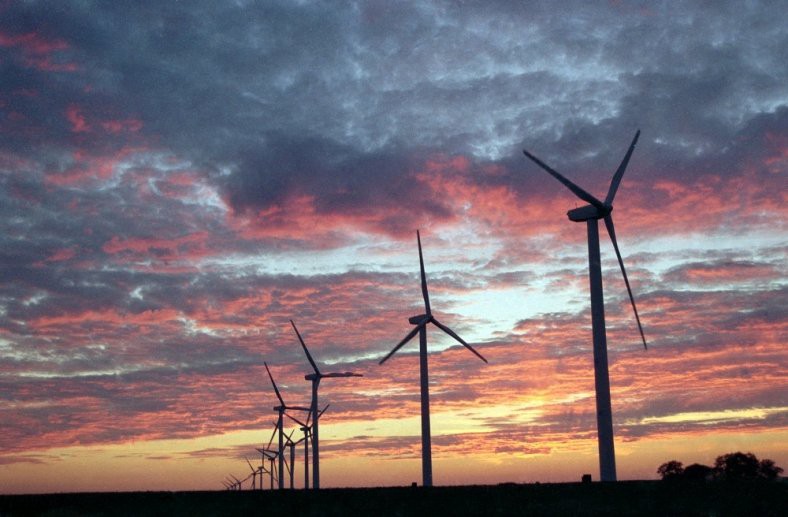
This is it. This is our climate moment. We have an opportunity to put our nation on a clear path to reduce emissions at the speed the scientists say is necessary, but only if Congress passes the climate investments in the Build Back Better Act. In addition to other critical climate and environmental justice investments, there is a package of clean energy tax credits that our country needs RIGHT NOW to tackle the climate crisis.
Not only will tax credits for clean electricity, vehicles, new technology and manufacturing reduce climate pollution, but they will also help create millions of jobs, jumpstart new clean energy projects, help working families afford electric vehicles and more efficient appliances, and lower energy costs.
How Clean Energy Tax Credits Lower Emissions, Create Jobs and Drive Economic Growth. Fully funding these clean energy tax credits for 10 years will incentivize clean energy companies to rapidly build new projects and invest in new and clean technologies that will put our clean energy economy into hyperdrive.
- Support Rapid Deployment: These tax credits will incentivize companies to get an immediate start deploying clean energy technologies, like wind and solar, and investing in new projects to take advantage of the tax benefits. This rapid deployment will lead to new manufacturing, new projects, an immediate reduction in climate pollution, and millions of clean energy jobs across the country.
- Incentivize Innovation: Tax credits will incentivize companies to innovate and invest in new and emerging clean energy technologies. This will allow these industries to scale more quickly, bring new technologies to the market even sooner and make the costs more affordable — setting the stage for our clean energy future.
- Provide Certainty: Not only is it critical to get these tax savings enacted immediately to drive immediate clean energy investment, but fully funding them for 10 years will provide the certainty companies need to invest in new domestic manufacturing as well. This will allow companies to make long term investments, including projects that will take multiple years to build — creating millions of good paying jobs and putting our clean energy economy into hyperdrive.
Clean Energy Tax Credits Will Help Us Meet This “Code Red” Climate Moment. By incentivizing rapid deployment of clean energy and new technologies, and providing needed certainty to companies, clean energy tax credits will immediately reduce emissions, create millions of clean energy jobs, reduce costs for families, and put our clean energy economy into hyperdrive.
- Reduce Climate Pollution: Tax credits for clean electricity, vehicles, new technology and manufacturing will reduce climate pollution and put our nation on a path to cutting pollution in half by 2030. According to Rhodium’s most recent report, the clean energy tax credits together with a full suite of investments and administrative action will cut U.S. greenhouse gas emissions to 45–51 percent below 2005 levels by 2030.
- Spur Job Creation: These incentives will also spur job creation. In just the power sector, it is estimated that clean electricity tax credits will lead to a net gain of more than 600,000 jobs annually over the next decade.
- Reduce Costs for Families: Clean energy tax credits will also reduce energy costs for families across the country. In its new report, Rhodium found that these investments would reduce overall household energy costs by an average of $500 a year. Additionally, refundable tax credits to car-buyers at the time of purchase of new and used electric cars and trucks, will not only create new jobs but also reduce the cost of buying electric vehicles. According to Rhodium, the investments could make the total cost to own an electric vehicle as much as 16 percent less expensive than the average gas vehicle.
- Clean Air and Protect Public Health: Finally, clean energy tax credits will reduce other air pollutants and help protect vulnerable communities. According to Rhodium, clean electricity tax credits will cut sulfur dioxide, by up to 84 percent in just five years. Another report from the Rhodium Group in March found that 10 years of tax incentives for new zero-emission electricity generation like those included in the Build Back Better Act would — in combination with regulation under existing statutory authorities, maintenance of existing zero-emission capacity, and accelerated retirement of certain rural co-op coal plants — cut nitrous oxides by up to 62 percent and sulfur dioxide by up to 84 percent in just five years.